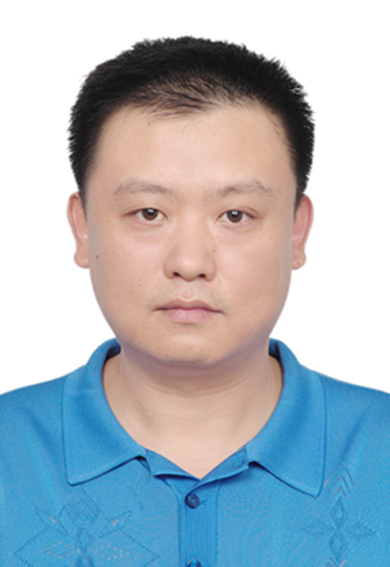 |
Zhang Jian, Associate Professor
Supercomputing Center, Computer Network Information Center, CAS |
Abstract: The vesicle membranes, formed by bilayers of lipid molecules, are simple forms of biological membranes which exist everywhere in life and compartmentalize living matter into cells and subcellular structures, and are essential for many biological functions. The equilibrium and transition shapes of bilayer vesicle membranes have been successfully modeled via a phase field formulation of certain shape energy. Adaptive meshing technique is applied to the corresponding minima/saddle searching dynamics of the phase functions, which significantly improves the efficiency of the phase field simulation and enhances its capability in handling complex shape and topological changes. The effectiveness of the adaptive method is demonstrated through numerical examples.
About the Speaker: Jian Zhang received the Ph.D. degree in applied mathematics from the University of Minnesota in May 2005. From June 2005 to June 2009, he was a postdoc in the Mathematics department of Pennsylvania State University, working on scientific computing and modeling. From July 2009 to present, he works as assistant and associate professor in the Supercomputing Center of Computer Network Information Center, Chinese Academy of Sciences. His research interests include scientific computing, high performance computing, and scientific visualization.
Date&Time: November 27, 2012 (Tuesday), 10:30–11:30 a.m.
Location: 606 Conference Room


